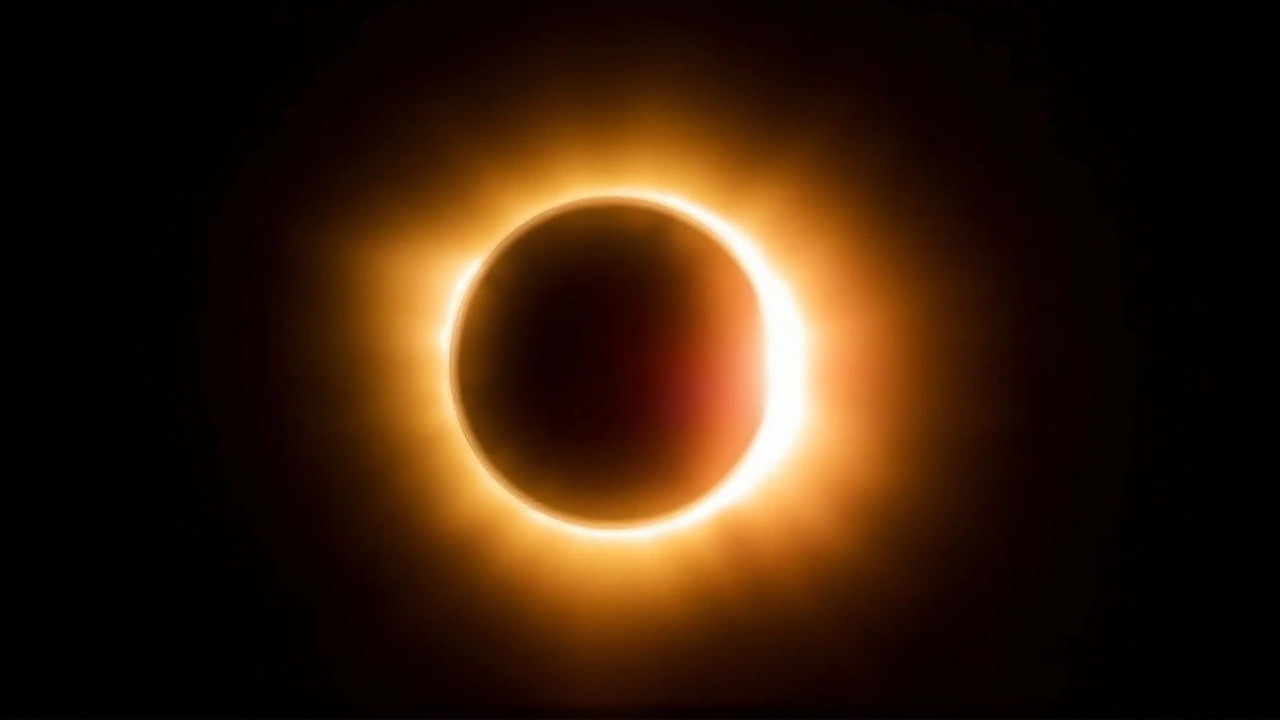Eclipse Safety: How to Watch Solar Eclipses Without Harming Your Eyes
Solar eclipses are awe‑inspiring, but looking at the Sun without the right gear can cause permanent eye damage. The good news is that staying safe is easy if you know what to use and when. Below you’ll find straight‑forward advice to enjoy the show without risking your vision.
How to Choose the Right Eye Protection
Never, ever stare at the Sun with regular sunglasses—they’re not strong enough. The only reliable gear is ISO‑ certified eclipse glasses or solar viewers that meet the ISO 12312‑2 standard. When you buy them, check the label and look for the safety stamp. If the glasses feel flimsy, crack, or have scratches, toss them out; damaged filters can let harmful rays through.
For families, buying a bulk pack is cheaper and ensures everyone has a pair. Kids love the cool look, but remind them not to share glasses with others that might be worn out. If you’re at a public event, the organizers often hand out certified viewers—grab one early because they run out fast.
Safe Viewing Options Beyond Glasses
Not a fan of glasses? No problem. You can create a simple pinhole projector with a piece of cardboard, aluminum foil, and a white sheet of paper. Punch a tiny hole in the foil, shine sunlight through it onto the paper, and you’ll see a dim, safe image of the eclipse. The smaller the hole, the sharper the picture.
Another trick is the “tree‑leaf filter.” Look at the eclipse’s shadows through leaves; the gaps act like tiny pinholes and project crescent shapes on the ground. It won’t give you a full view, but it’s a fun, safe way for kids to see the event.
Never use cameras, binoculars, or telescopes without a proper solar filter attached. The intense light can damage the optics and, more importantly, your eyes if you look through them. If you want photos, use a solar filter made for your device and keep the filter on at all times.
Finally, remember the eclipse only becomes safe to view with the naked eye during the total phase of a total solar eclipse—when the Moon completely covers the Sun. As soon as the bright edge (the “diamond ring”) reappears, put the glasses back on.
Enjoy the spectacle, but keep these safety steps in mind. A quick check of your gear, a simple pinhole project, or a trusted solar filter will let you watch the celestial show without any eye regret.

The first solar eclipse of 2025 on March 29 will cover 93% of the Sun, visible in parts of North America, Europe, and the Arctic. While it won't be seen in India, regions such as eastern Canada and northeastern U.S. will experience a unique 'double sunrise'. Observers should use ISO-certified glasses for safety. Cultural traditions in India, like 'Sutak kaal', are noted despite the eclipse's invisibility there.
